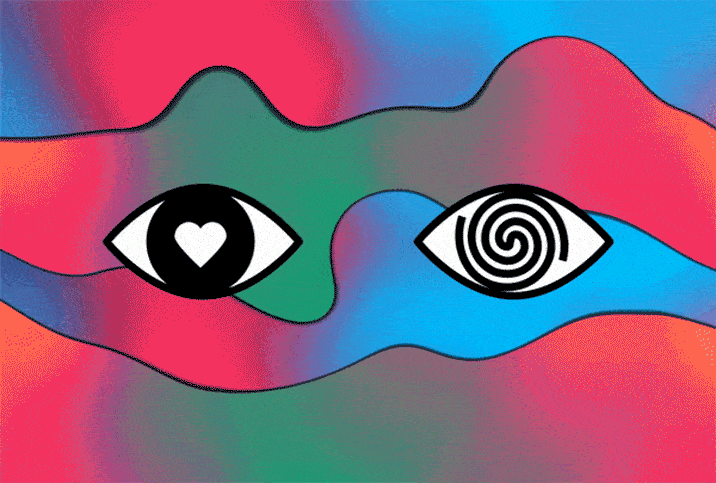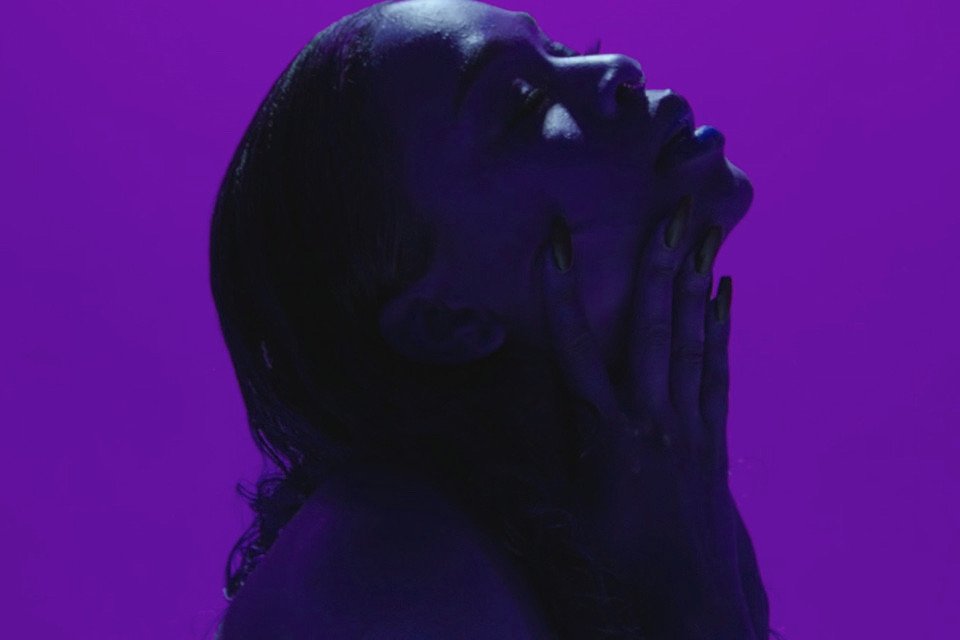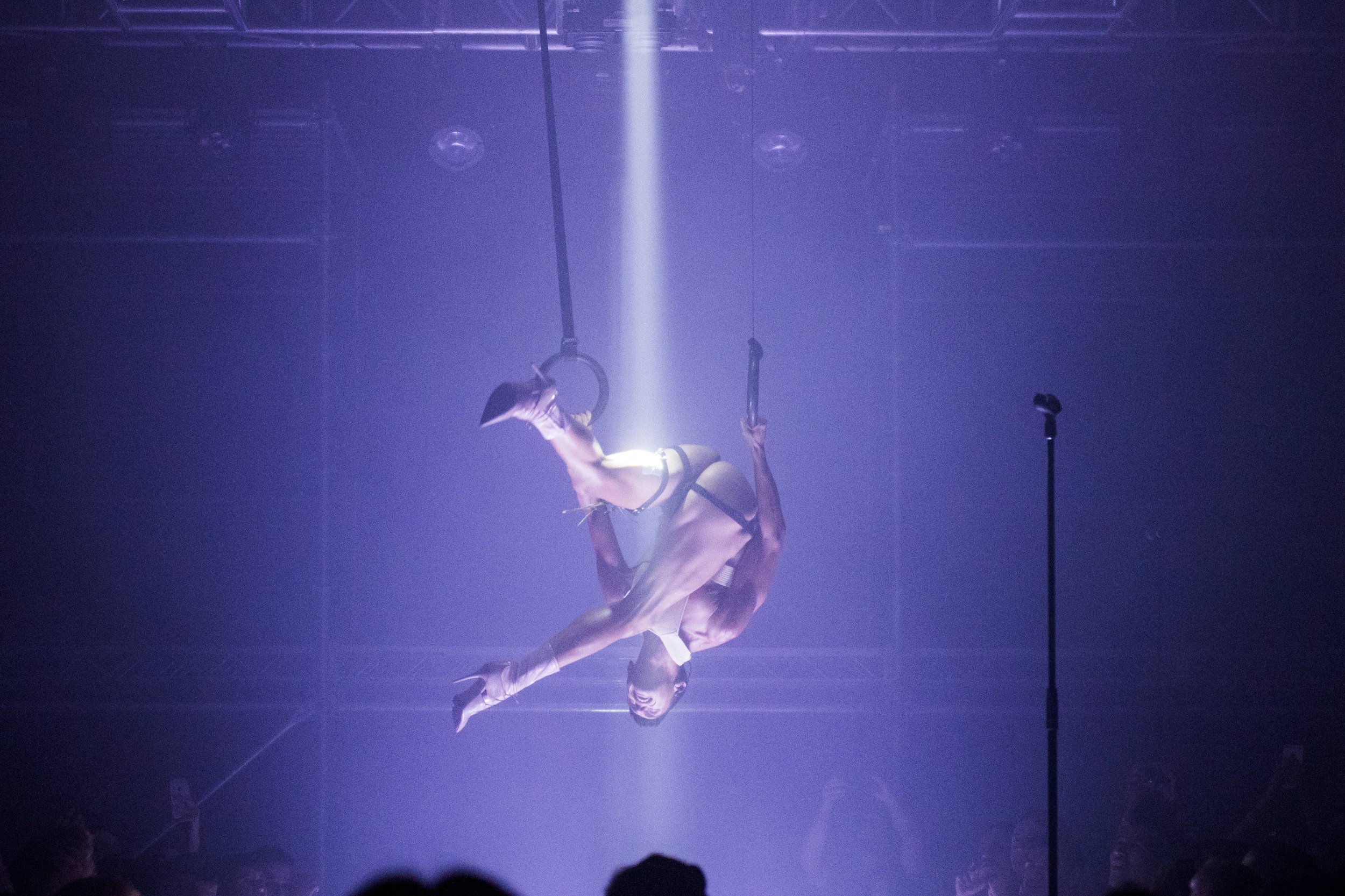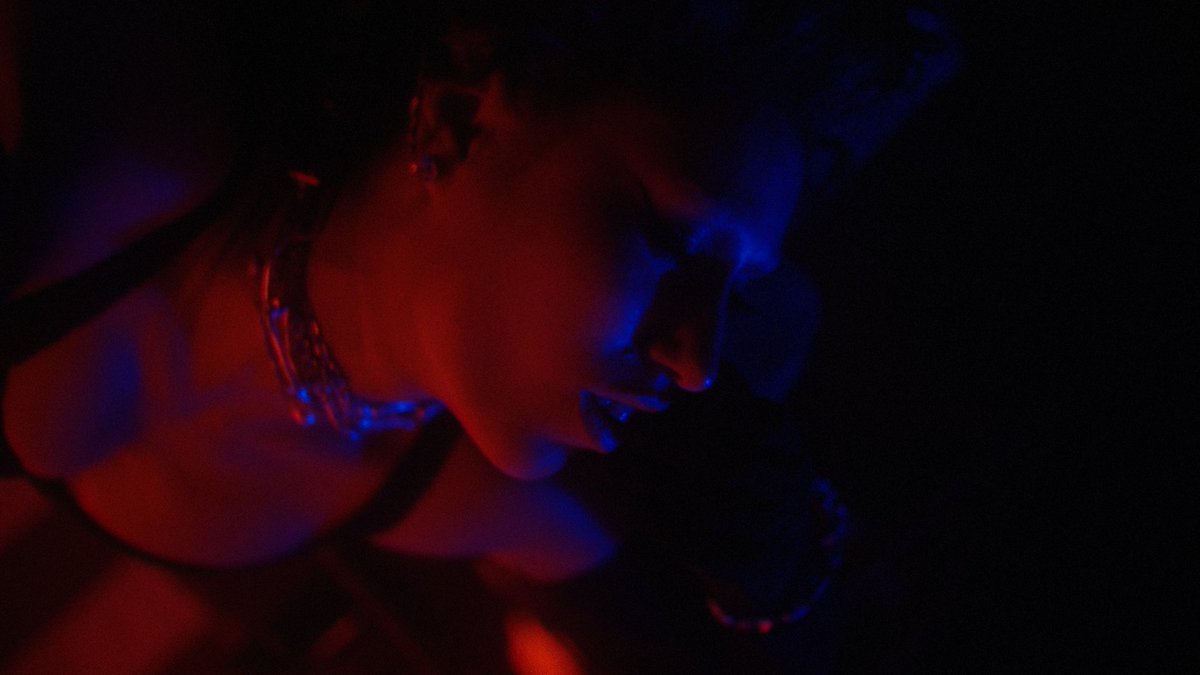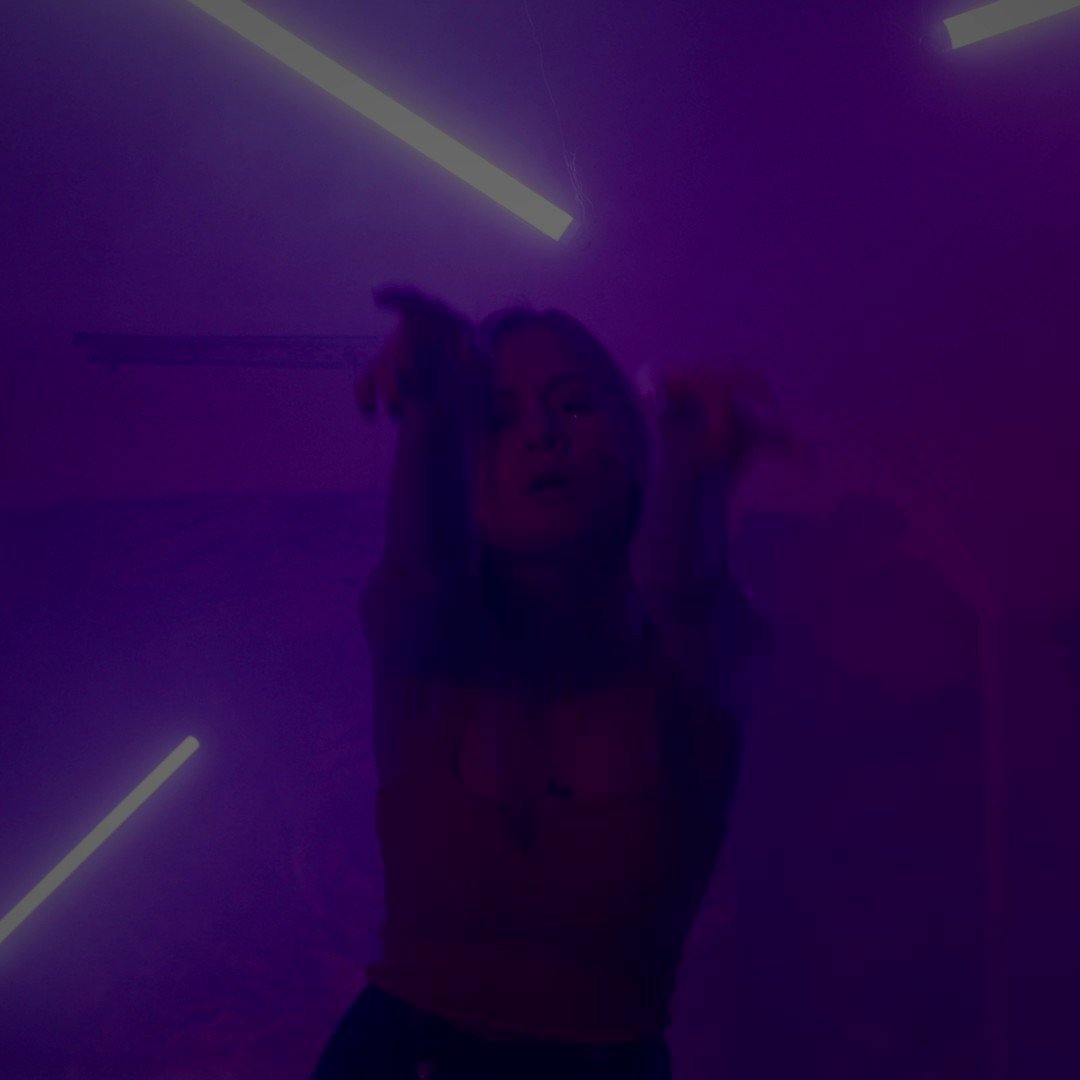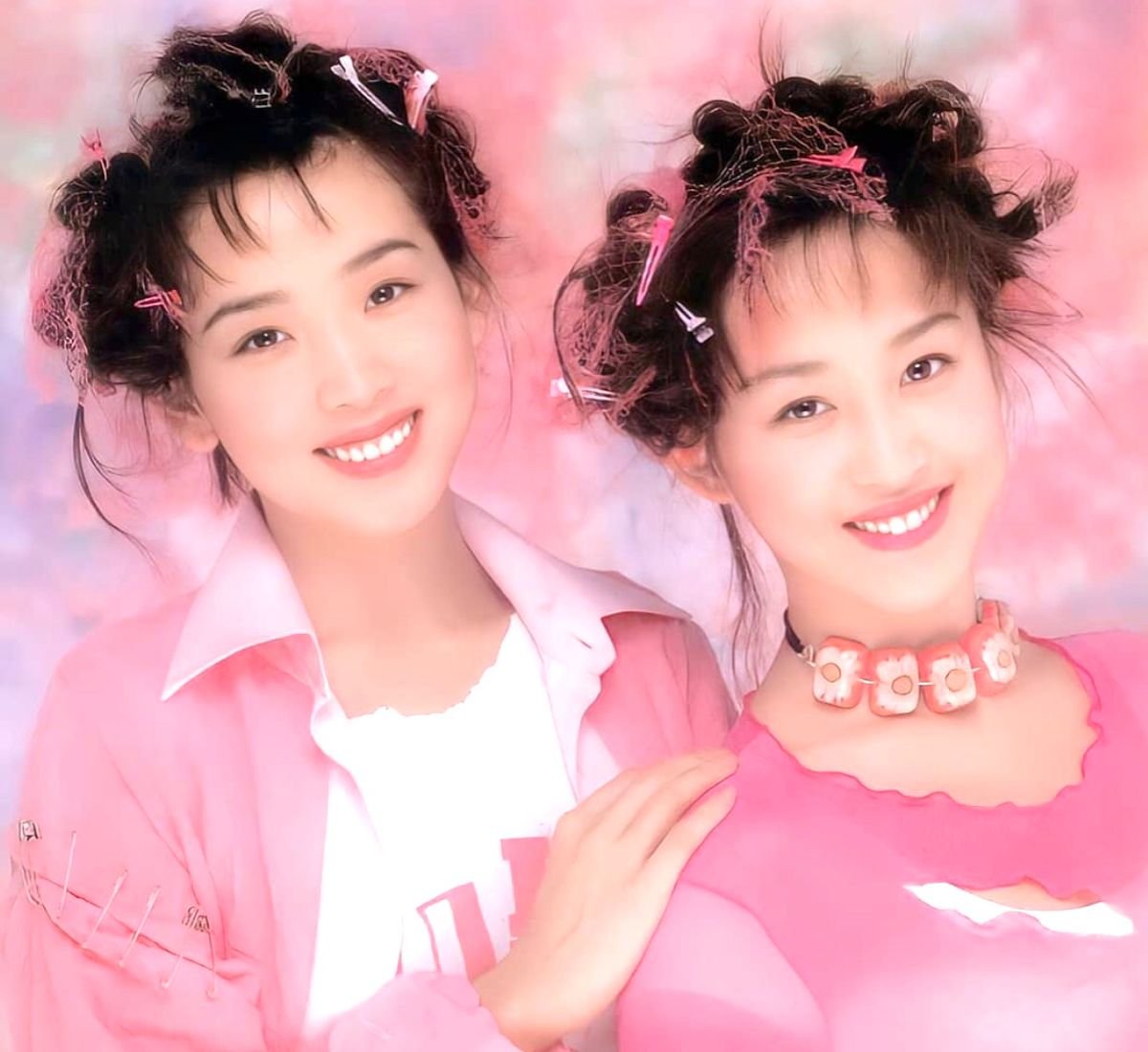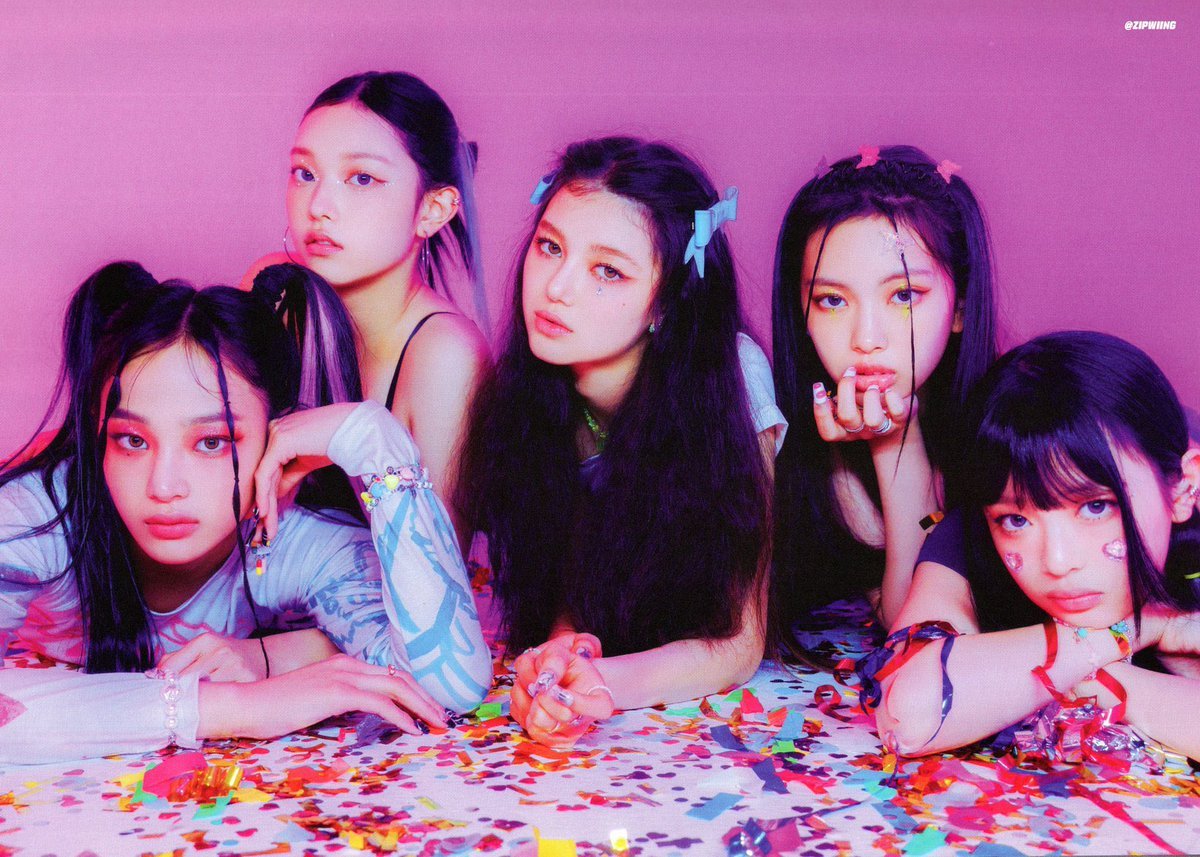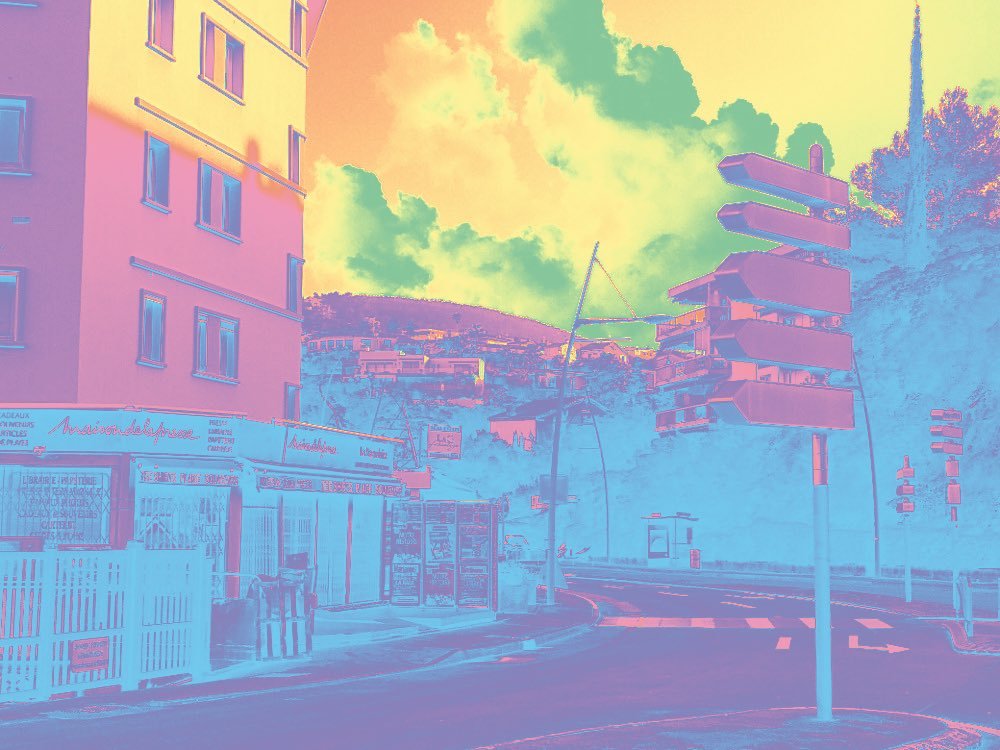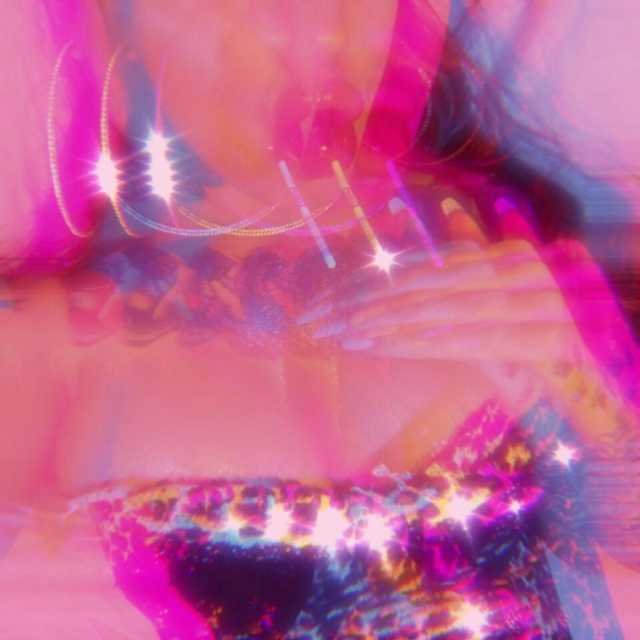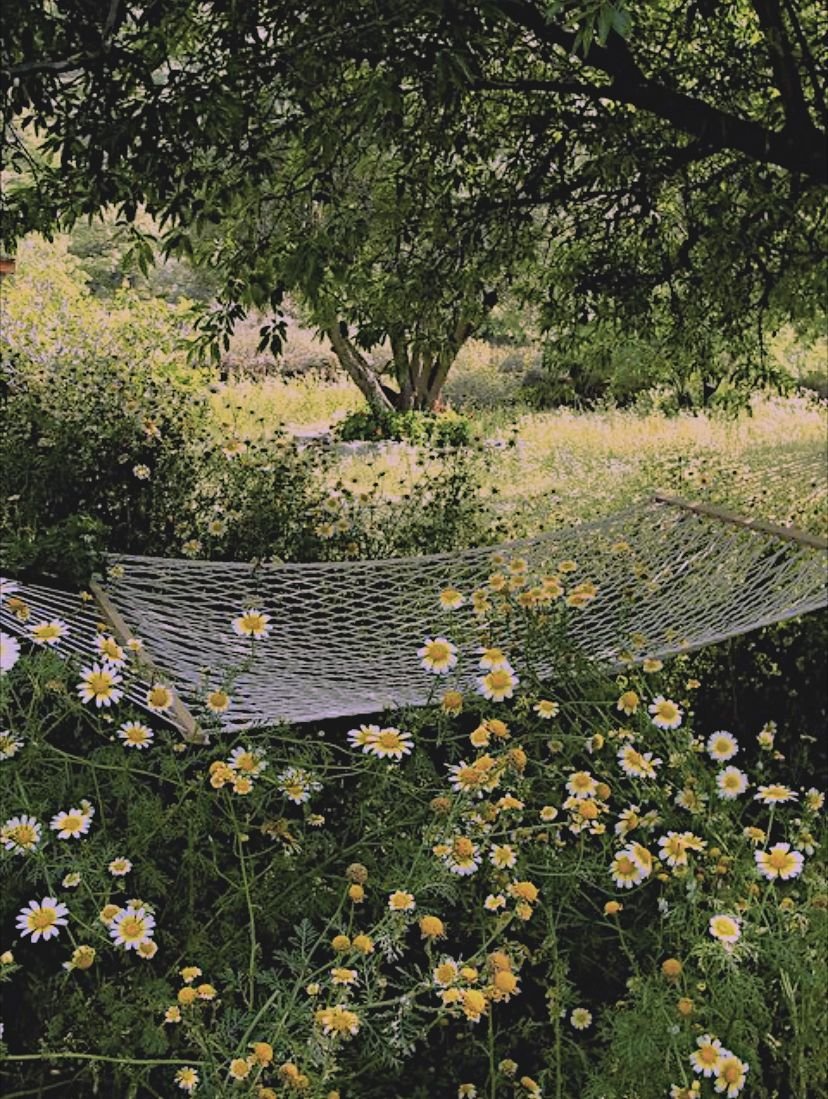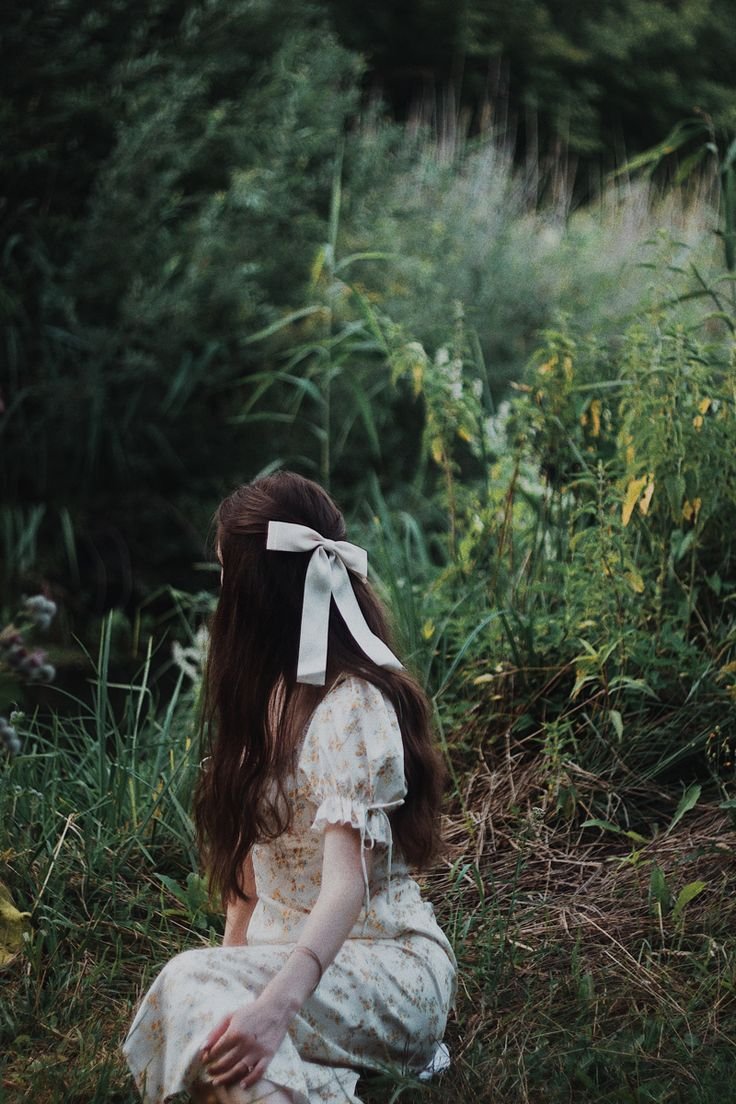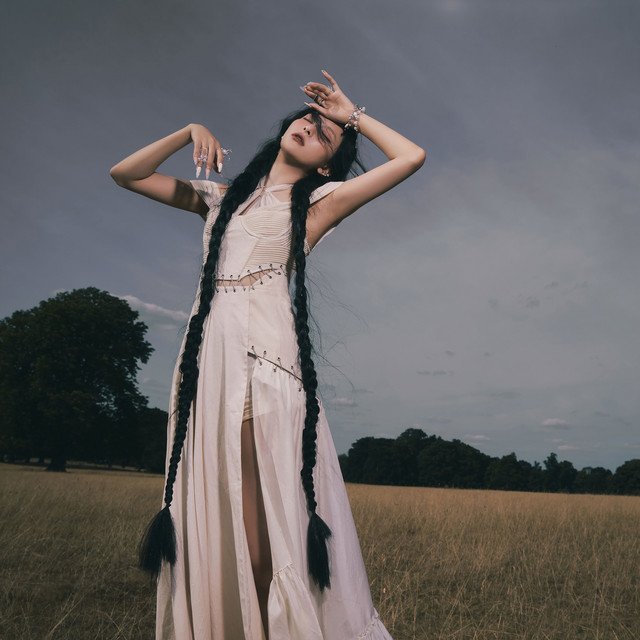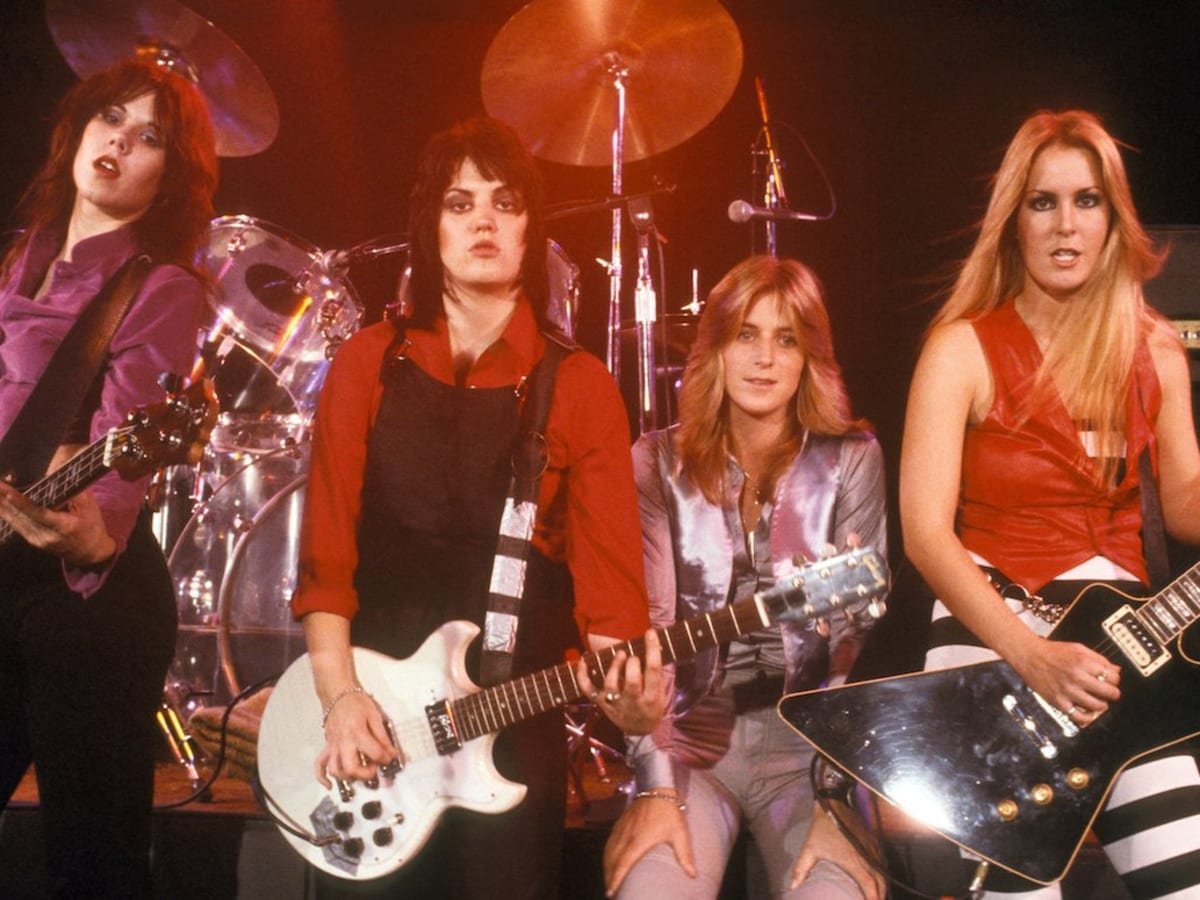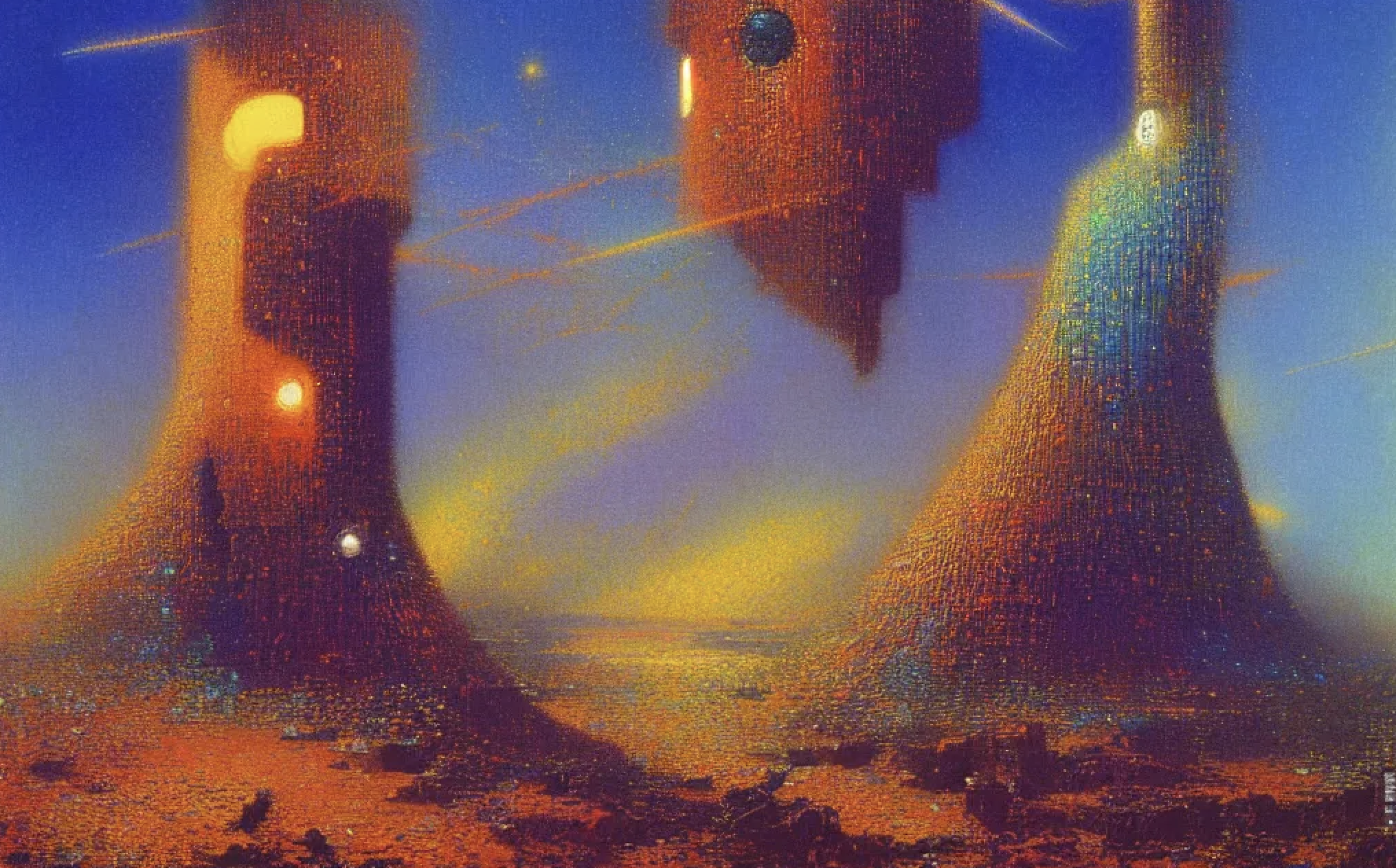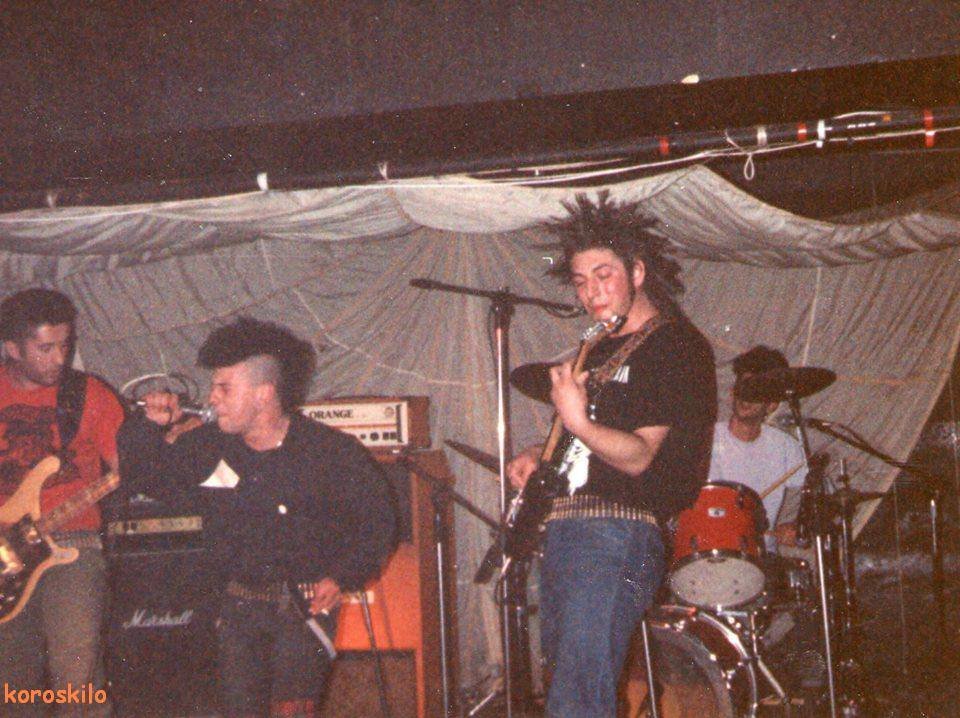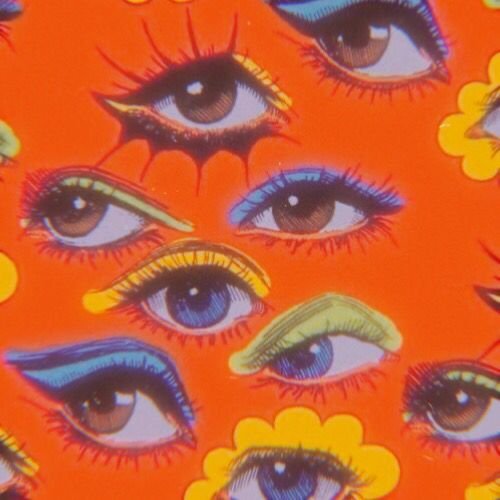I Can Hear Colours and I am Not Crazy
By Kylie Lam
7-year-old me constantly told my piano teacher that I could hear certain colours from certain pieces— ’this Mozart piece is definitely teal, and this Debussy piece is lime green.’
My piano teacher thought I was insane. I insisted I was correct.
I eventually branched out to more music genres, and I would analyze music colours with my friends— ’this Katy Perry song is definitely pink, and this Britney Spears song is lavender.’
They thought I was bluffing. I insisted I was correct.
This would occur countlessly, and I found it ridiculous that no one knew what I meant. Until this day in my first year of university, when I made this new friend, we exchanged Spotify profiles. Her profile consists of an abundance of playlists, categorizing songs BY COLOUR—indigo, silver, grey, red, etc. I cannot explain the exhilaration I experienced at that very moment. It was truly a turning point, where I realized I am in fact, not insane. The term, synesthesia could explain this perceptual phenomenon.
Synesthesia is referred to involuntary crossovers in various senses during perception. Some people can ‘taste’ or ‘physically feel’ music while simultaneously perceiving the auditory sensation. The most common crossover in music synesthesia would be hearing or seeing colours, also known as chromesthesia. Synesthetes are consciously aware of their synesthetic colour associations and perceptions in daily life. Every synesthete has their own colour palette, and it could be shaped by a multitude of factors. Emilia’s definition of ‘red music’ might be completely different than that of Ava’s. There is no right or wrong answer. However, various research discovered synesthetes tend to collectively agree on the connections between colour and music to a certain extent. Moreover, a theory of everyone possibly being a synesthete arises. Research papers show synesthetes and non-synesthetes commonly associate high-pitched sounds with lighter or brighter colours and low-pitched sounds with darker colours. An indication of a common mechanism may underlie those associations in humans (Ward, Huckstep & Tsakanikos, 2006). We could all possibly be on a spectrum of synesthetic engagement, simply being spread all over the scale.
I will explain how I hear different colours in different music from my own perspective. Using some of favourite colours as examples, I will be demonstrating the imageries and emotions I experience and picking out common musical elements and genres in each colour. I have also listed some recommendations. Listen and ‘see’ whether you agree with me or not!
Purple
https://open.spotify.com/playlist/2BawdPB8oo1NxY9BRuPY4k?si=004b41ef01514745
I associate purple with sensual eroticism. To me, purple symbolizes a source of self-empowering allure. I find myself immensely enchanted under the spell of purple music, where I subconsciously delve deep into expressing myself with body movements. Songs belonging to the Alternative R&B, Lo-Fi RnB, and NeoSoul genres sound purple to me the most. The powerfully vulnerable sensation parallels with music styles that have a distinctive bass and beat, complemented by gentle, soulful synths. Those composed of deep house, chilled beats, and ambient beats speak (or whisper, in this context) the most to me. Bonus points for songs that have dirty chord progressions, the filthier it is, the spicier the purple becomes. Whenever I ‘hear’ purple, I ‘see’ purple neon signs discreetly lighting up a dimmed, empty dance floor, with someone dancing seductively—not for someone else, but rather for themselves. The blend of sexiness, sensuality, and intimacy unleashes all sorts of tension within me, and I am able to express myself through movements. I usually find myself dancing to purple music, swaying to the distinctive beat while absolutely ‘feeling my oats’. The adrenaline it radiates gives me an ‘auditory orgasm’. Rather it being purely sexual, it is a very unique experience, where music connects me to a starburst of passion, sensuality, and liberation.
My favorite purple songs:
Are you leaving --- Sassy 009
Fade 2 Blaq --- ABRA
Now and Then --- Moonchild
Paradise --- Panache!
Joya --- Arca
Wash --- Cherry Coke
Pink
https://open.spotify.com/playlist/7h8qJLcPYtdeslN5uegNUs?si=962a092bc87a4bf5
I associate pink with excitement, anticipation, and infatuation. It is not necessarily limited to being feminine. In fact, I like to associate pink with enthusiasm— a sensation of countless butterflies in your stomach. Pink music is like a key to my personal diary, unlocking various endearing memories of nostalgia. Songs belonging to the City Pop, Bubblegum Pop, K-pop, and Disco-pop genres sound the pinkest to me. The sensation parallels with music styles that include a high-spirited, swift-paced tempo, complemented by modulating synth pulses. For some reason, G major sounds extremely pink to me. Reverb units and compressor pedals are a plus, the exuberance reminding me of the 80-the 90s. I play my pink playlist whenever I am getting ready. Imagine this: colourful eyeshadow palettes take up all the space of your vanity, you have six different outfits lying on your bed and you are thrilled to bits with your date, which is happening in an hour. The surge of light-hearted intensity takes me back to a point in my life of genuine purity, hope, and enthusiasm.
My favorite pink songs:
Superficial --- Calica, Magdalena Baby
Anniemal --- Annie
Hype Boy --- New Jeans
WINE --- SURAN, CHANGMO
Valentine --- Ivey
Blush --- Zom Marie
Sexy Music --- Wink
Green
https://open.spotify.com/playlist/1Tfeg2MJYPqgSO7P1GaIJK?si=7d6f1c26b46f4c6b
Ah, green—a colour that calms and breaks my heart. I associate green with nature, tranquillity, and acceptance. The connection between green and tranquillity is quite self-explanatory—soothing green trees, leaves rustling, the pacifyingly musky smell of pinecones and wildflowers… it has always been a visually-pleasant blessing from Mother Nature. Songs belonging to the Folk and Indie Rock genres sound the greenest to me. The sensation parallels with styles that include a slow and stable tempo and highlighting acoustics, complemented by ethereal soundscapes and delayed/reverb-pedaled electric guitars. E major and B major sound the greenest to me. Simplicity is golden here, as it brings me back effectively to the roots of nature. Nevertheless, it stings me every time I hear green, because it is my ex-girlfriend’s favourite colour, and her favourite genre is folk music. Not a slay for me. The serenity overall soothes me by sending me into a dimension of cottage core fantasy. Despite nature’s thorns pricking my wound, green music ultimately comforts me by telling me everything is going to be alright.
My favorite green songs:
Celestial --- Tori Kelly
Baby in Blue --- Madisenxoxo
榴槤乜乜乜 (Durian What What What) --- GDJYB 雞蛋蒸肉餅
Hypochondriac --- Sasha Alex Sloan
Don’t Think Twice --- Dolly Parton
Diamonds And Rust --- Joan Baez
Orange
https://open.spotify.com/playlist/28hNKw29IzpecNMUX63TDu?si=2732ef88fe1f4e90
I associate orange with eccentricity and vitality. Sour Patch Kids. Hyper energy. Authenticity. Freedom of expression. Bizarreness. BAM BAM BAM. Orange music throws its various flavours at me all at once—it is almost like I can taste confectionery, savoury, acidity, hotness, etc. in one go, and it is up to my creativity to interpret the ball of energy. It is an energy booster, heightening my mood instantly with its bundle of erraticism. Songs belonging to the Indie-Rock, Punk, and Hyper-Pop genres sound the most orange to me. The high-spirited sensation parallels with music styles that are incredibly rhythmic, seemingly ‘abusing’ the utilization of floor tom drums and hi-hats (I’m joking but not really). Experimentalist musical elements, vocal obscurity, dissonance, or even atonality sound extremely orange. The vibrant yet abstract colour gives me a taste of auditory contemporariness no matter how I am feeling, be it hyper or down.
My favorite orange songs:
Girlfriend is better --- Talking Heads
White Mice --- Mo-Dettes
Balumba --- Anilza Leoni
Stretch --- Maximum Joy
Sugar Town --- ShitKid
Janitor --- Suburban Lawns
References:
Ward J, Huckstep B, Tsakanikos E (February 2006). "Sound-colour synaesthesia: to what extent does it use cross-modal mechanisms common to us all?". Cortex; A Journal Devoted to the Study of the Nervous System and Behavior. 42 (2): 264–80. doi:10.1016/s0010-9452(08)70352-6. PMID 16683501. S2CID 4481009.

